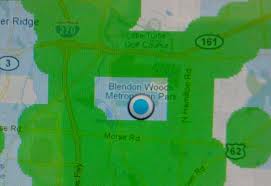Cell coverage hole detection refers to the process of identifying areas or locations with poor or no cellular network coverage. These coverage holes can result in dropped calls, slow data speeds, or complete loss of connectivity in certain areas.
Detecting cell coverage holes is essential for telecommunication companies and network operators as it helps them identify areas that need improvement in terms of network infrastructure and signal strength. By identifying these coverage gaps, network providers can take necessary actions to enhance coverage and improve the overall user experience.
Here are some common methods used for cell coverage hole detection:
Customer Feedback: Network operators often rely on customer complaints and feedback to identify areas with poor coverage. Customers may report dropped calls, weak signals, or data connectivity issues, which can help pinpoint potential coverage holes.
Drive Testing: Drive testing involves driving or traveling through various areas while monitoring signal strength, call quality, and data performance. Specialized equipment or mobile apps can be used to collect data on network performance, allowing operators to identify coverage gaps.
Signal Mapping: Signal mapping involves creating detailed coverage maps by measuring signal strength and quality at various locations. This can be done using specialized tools or crowdsourcing data from users through dedicated apps or services.
Network Performance Monitoring: Network operators continuously monitor network performance metrics, including signal strength, call drop rates, and data throughput. Anomalies or patterns indicating poor coverage can be detected through data analysis.
Site Surveys: Network operators may conduct physical site surveys in areas where coverage issues are reported or suspected. These surveys involve evaluating the signal strength and quality on-site, assessing the surrounding environment, and identifying potential obstacles or interference sources.
By utilizing these methods, network operators can gather valuable data and insights into areas of poor coverage, enabling them to plan and implement solutions such as adding new cell towers, adjusting antenna configurations, or deploying signal boosters to improve coverage in those areas.







